Paradox: Worse is better
Last updated: December 10, 2022 Read in fullscreen view
- 18 Oct 2020
 How to use the "Knowns" and "Unknowns" technique to manage assumptions 22/1002
How to use the "Knowns" and "Unknowns" technique to manage assumptions 22/1002 - 05 Oct 2025
 The New Facebook Algorithm: A Paradigm Shift in Content Discovery 21/52
The New Facebook Algorithm: A Paradigm Shift in Content Discovery 21/52 - 01 Oct 2020
 Fail fast, learn faster with Agile methodology 16/982
Fail fast, learn faster with Agile methodology 16/982 - 03 Nov 2023
 Why Is Billable Viable Product An Alternative To Minimum Viable Product? 15/172
Why Is Billable Viable Product An Alternative To Minimum Viable Product? 15/172 - 30 Jul 2024
 The Future of IT Consulting: Trends and Opportunities 10/140
The Future of IT Consulting: Trends and Opportunities 10/140 - 18 Jul 2024
 The 8 Best ways to Innovate your SAAS Business Model in 2024 9/216
The 8 Best ways to Innovate your SAAS Business Model in 2024 9/216 - 20 Jan 2021
 Fail early, fail often, fail cheap, fail safe but always fail forward 8/699
Fail early, fail often, fail cheap, fail safe but always fail forward 8/699 - 06 Feb 2021
 Why fail fast and learn fast? 8/386
Why fail fast and learn fast? 8/386 - 19 Oct 2021
 Is gold plating good or bad in project management? 8/760
Is gold plating good or bad in project management? 8/760 - 10 Nov 2022
 Poor Code Indicators and How to Improve Your Code? 8/217
Poor Code Indicators and How to Improve Your Code? 8/217 - 20 Jan 2022
 TIGO Self-Organization Practice: Change Management Workflow 7/438
TIGO Self-Organization Practice: Change Management Workflow 7/438 - 27 Jul 2024
 Positive Psychology in the Digital Age: Future Directions and Technologies 7/342
Positive Psychology in the Digital Age: Future Directions and Technologies 7/342 - 01 Sep 2022
 Facts Chart: Why Do Software Projects Fail? 7/548
Facts Chart: Why Do Software Projects Fail? 7/548 - 01 Jan 2024
 The pros and cons of the Centralized Enterprise Automation Operating model 6/175
The pros and cons of the Centralized Enterprise Automation Operating model 6/175 - 01 Mar 2023
 Bug Prioritization - What are the 5 levels of priority? 6/210
Bug Prioritization - What are the 5 levels of priority? 6/210 - 06 Mar 2021
 4 things you need to do before getting an accurate quote for your software development 6/620
4 things you need to do before getting an accurate quote for your software development 6/620 - 10 Apr 2021
 RFP vs POC: Why the proof of concept is replacing the request for proposal 6/270
RFP vs POC: Why the proof of concept is replacing the request for proposal 6/270 - 08 Nov 2022
 4 tips for meeting tough deadlines when outsourcing projects to software vendor 6/255
4 tips for meeting tough deadlines when outsourcing projects to software vendor 6/255 - 16 Jun 2022
 Rapid Application Development (RAD): Pros and Cons 6/806
Rapid Application Development (RAD): Pros and Cons 6/806 - 11 Nov 2021
 What is an IT Self-service Portal? Why is it Important to Your Business? 6/375
What is an IT Self-service Portal? Why is it Important to Your Business? 6/375 - 16 Apr 2021
 Insightful Business Technology Consulting at TIGO 5/381
Insightful Business Technology Consulting at TIGO 5/381 - 31 Oct 2021
 Tips to Fail Fast With Outsourcing 5/379
Tips to Fail Fast With Outsourcing 5/379 - 14 Oct 2021
 Advantages and Disadvantages of Time and Material Contract (T&M) 5/799
Advantages and Disadvantages of Time and Material Contract (T&M) 5/799 - 08 Oct 2022
 KPI - The New Leadership 5/561
KPI - The New Leadership 5/561 - 18 Aug 2022
 What are the consequences of poor requirements with software development projects? 5/248
What are the consequences of poor requirements with software development projects? 5/248 - 11 Oct 2022
 Why choose Billable Viable Product (BVP) over Minimum Viable Product (MVP) 5/321
Why choose Billable Viable Product (BVP) over Minimum Viable Product (MVP) 5/321 - 10 Dec 2023
 Pain points of User Acceptance Testing (UAT) 4/423
Pain points of User Acceptance Testing (UAT) 4/423 - 28 Dec 2021
 8 types of pricing models in software development outsourcing 4/420
8 types of pricing models in software development outsourcing 4/420 - 13 Dec 2020
 Move fast, fail fast, fail-safe 4/296
Move fast, fail fast, fail-safe 4/296 - 03 Oct 2025
 Top CMS Trends 2026: The Future of Digital Content Management 4/7
Top CMS Trends 2026: The Future of Digital Content Management 4/7 - 02 Dec 2024
 The Intersection of AI and Business Analytics: Key Concepts to Master in Your Business Analytics Course 4/260
The Intersection of AI and Business Analytics: Key Concepts to Master in Your Business Analytics Course 4/260 - 27 Feb 2025
 How AI Agents are Changing Software Development? 3/173
How AI Agents are Changing Software Development? 3/173 - 23 Sep 2021
 INFOGRAPHIC: Top 9 Software Outsourcing Mistakes 3/414
INFOGRAPHIC: Top 9 Software Outsourcing Mistakes 3/414 - 02 Nov 2021
 [Case Study] Streamlined Data Reporting using Tableau 3/282
[Case Study] Streamlined Data Reporting using Tableau 3/282 - 07 Jul 2021
 The 5 Levels of IT Help Desk Support 3/384
The 5 Levels of IT Help Desk Support 3/384 - 17 Feb 2022
 Prioritizing Software Requirements with Kano Analysis 3/286
Prioritizing Software Requirements with Kano Analysis 3/286 - 07 Aug 2022
 Things to Consider When Choosing a Technology Partner 3/256
Things to Consider When Choosing a Technology Partner 3/256 - 09 Mar 2022
 Consultant Implementation Pricing 3/190
Consultant Implementation Pricing 3/190 - 16 Feb 2021
 Choose Outsourcing for Your Non Disclosure Agreement (NDA) 3/150
Choose Outsourcing for Your Non Disclosure Agreement (NDA) 3/150 - 21 Dec 2023
 Top 12 Low-Code Platforms To Use in 2024 3/1165
Top 12 Low-Code Platforms To Use in 2024 3/1165 - 31 Dec 2022
 The New Normal for Software Development 3/346
The New Normal for Software Development 3/346 - 02 Dec 2022
 Success Story: Satsuki - Sales Management Software, back office app for School Subscription Management 3/225
Success Story: Satsuki - Sales Management Software, back office app for School Subscription Management 3/225 - 10 Sep 2024
 Leading Remote Teams in Hybrid Work Environments 3/130
Leading Remote Teams in Hybrid Work Environments 3/130 - 09 Oct 2024
 Short-Form Video Advertising: The Secret to Captivating Your Audience 3/110
Short-Form Video Advertising: The Secret to Captivating Your Audience 3/110 - 22 Nov 2024
 The Role of AI in Enhancing Business Efficiency and Decision-Making 2/162
The Role of AI in Enhancing Business Efficiency and Decision-Making 2/162 - 18 Aug 2024
 The Future of Web Development: Emerging Trends and Technologies Every Developer Should Know 2/175
The Future of Web Development: Emerging Trends and Technologies Every Developer Should Know 2/175 - 01 May 2023
 CTO Interview Questions 2/304
CTO Interview Questions 2/304 - 16 Aug 2022
 What is a Headless CMS? 2/229
What is a Headless CMS? 2/229 - 16 Sep 2022
 Examples Of Augmented Intelligence In Today’s Workplaces Shaping the Business as Usual 2/397
Examples Of Augmented Intelligence In Today’s Workplaces Shaping the Business as Usual 2/397 - 07 Oct 2022
 Digital Transformation: Become a Technology Powerhouse 2/225
Digital Transformation: Become a Technology Powerhouse 2/225 - 13 Feb 2021
 Why is TIGOSOFT a software house for Enterprise Application Development? 2/339
Why is TIGOSOFT a software house for Enterprise Application Development? 2/339 - 19 Apr 2021
 7 Most Common Time-Wasters For Software Development 2/533
7 Most Common Time-Wasters For Software Development 2/533 - 25 Jan 2025
 The Decline of Traditional SaaS and the Rise of AI-first Applications 2/81
The Decline of Traditional SaaS and the Rise of AI-first Applications 2/81 - 20 Feb 2025
 How Machine Learning is Shaping the Future of Digital Advertising 1/89
How Machine Learning is Shaping the Future of Digital Advertising 1/89 - 23 Jun 2025
 AI Avatars in the Metaverse: How Digital Beings Are Redefining Identity and Social Interaction 1/92
AI Avatars in the Metaverse: How Digital Beings Are Redefining Identity and Social Interaction 1/92 - 10 Jul 2025
 Building AI-Driven Knowledge Graphs from Unstructured Data 1/122
Building AI-Driven Knowledge Graphs from Unstructured Data 1/122 - 20 Aug 2025
 What Is Agentic AI? The Next Phase of Artificial Intelligence 1/100
What Is Agentic AI? The Next Phase of Artificial Intelligence 1/100 - 03 Nov 2022
 Top questions and answers you must know before ask for software outsourcing 1/267
Top questions and answers you must know before ask for software outsourcing 1/267 - 03 Apr 2021
 How digital asset management streamlines your content workflow? 1/315
How digital asset management streamlines your content workflow? 1/315 - 30 Oct 2022
 How Much Does MVP Development Cost in 2023? 1/181
How Much Does MVP Development Cost in 2023? 1/181 - 03 Sep 2022
 The secret of software success: Simplicity is the ultimate sophistication 1/189
The secret of software success: Simplicity is the ultimate sophistication 1/189 - 31 Dec 2022
 Future of Software Development Trends and Predictions for 2023 1/123
Future of Software Development Trends and Predictions for 2023 1/123 - 09 Feb 2023
 The Challenge of Fixed-Bid Software Projects 1/193
The Challenge of Fixed-Bid Software Projects 1/193 - 26 Dec 2023
 Improving Meeting Effectiveness Through the Six Thinking Hats 1/210
Improving Meeting Effectiveness Through the Six Thinking Hats 1/210 - 31 Dec 2023
 Software Development Outsourcing Trends to Watch Out for in 2024 1/166
Software Development Outsourcing Trends to Watch Out for in 2024 1/166 - 05 Jan 2024
 Easy ASANA tips & tricks for you and your team 1/182
Easy ASANA tips & tricks for you and your team 1/182 - 11 Jan 2024
 What are the Benefits and Limitations of Augmented Intelligence? 1/440
What are the Benefits and Limitations of Augmented Intelligence? 1/440 - 03 Jan 2024
 Why Partnership is important for Growth? 1/147
Why Partnership is important for Growth? 1/147 - 19 Dec 2023
 How AI is Transforming Software Development? 1/278
How AI is Transforming Software Development? 1/278 - 10 Sep 2024
 AI in Email Marketing: Personalization and Automation 1/158
AI in Email Marketing: Personalization and Automation 1/158 - 25 Sep 2024
 Enhancing Decision-Making Skills with an MBA: Data-Driven Approaches for Business Growth /180
Enhancing Decision-Making Skills with an MBA: Data-Driven Approaches for Business Growth /180 - 01 Mar 2023
 How do you deal with disputes and conflicts that may arise during a software consulting project? /146
How do you deal with disputes and conflicts that may arise during a software consulting project? /146 - 12 Mar 2024
 How do you create FOMO in software prospects? /137
How do you create FOMO in software prospects? /137 - 18 Jan 2024
 Self-healing code is the future of software development /203
Self-healing code is the future of software development /203 - 14 Mar 2024
 Why should you opt for software localization from a professional agency? /121
Why should you opt for software localization from a professional agency? /121 - 20 Nov 2022
 Software Requirements Are A Communication Problem /234
Software Requirements Are A Communication Problem /234 - 06 Nov 2023
 How do you streamline requirement analysis and modeling? /188
How do you streamline requirement analysis and modeling? /188 - 09 Jan 2022
 How to Bridge the Gap Between Business and IT? /165
How to Bridge the Gap Between Business and IT? /165 - 21 Jun 2021
 6 Useful Tips To Streamline Business Processes and Workflows /515
6 Useful Tips To Streamline Business Processes and Workflows /515 - 06 Nov 2019
 How to Access Software Project Size? /236
How to Access Software Project Size? /236 - 17 Mar 2025
 IT Consultants in Digital Transformation /66
IT Consultants in Digital Transformation /66
Or so Richard Gabriel, author of the MIT paper The Rise of Worse is Better, says.
Of course, this statement seems altogether too paradoxical to be of any use. But there’s sound reasoning behind it. Here, we explain the logic behind “worse is better”.
The worse-is-better philosophy means that implementation simplicity has highest priority.
What is “worse is better”?
“Worse is better” is a software design principle that advocates for simplicity over functionality. It suggests that limited, simple to use software is more appealing than difficult programs with all the bells and whistles.
That is, software quality doesn’t necessarily scale with the number of features and functions you have. “Worse is better” posits that there is a point where less functionality (i.e. ‘worse’) is preferable. And the reason it’s preferable is due to increased usability and practicality.
The key characteristics of “worse is better”
Put into practice, “worse is better” revolves around four key characteristics.
-
Simplicity
The most important characteristic to “worse is better” is simplicity. Both the implementation and the interface of your software must be simple. This means that your program must be easy to use to get the desired result, preferably with a clean, simple user interface.
-
Correctness
Next, your software design must work correctly. This means that for every input, it delivers the expected output, without error. (In other words, it does as you expect it to do.)
-
Consistency
The third key characteristic of a “worse is better” design is its consistency. That is, your software design should not be overly inconsistent. This means that the design of your software should be somewhat predictable and intuitive.
-
Completeness
Finally, “worse is better” isn’t a way of saying ‘bad’ or ‘broken’ software. Your program should provide a whole experience — solve the entire problem it’s supposed to solve.
The logic of simplicity
The point of any software program is to solve a problem or pain point. When you keep your software simple by following the “worse is better” principle, you ensure that you don’t lose this core function of your program.
A common issue in software is feature creep. This is where a program gains so many features, bells and whistles that it becomes difficult to use. The user interface becomes cluttered to accommodate the mass of features, and the software becomes unruly to use and to maintain.
In contrast, a simple software program keeps its core functionality at the front and centre. With worse is better, the program won’t do all the amazing things a complex system can.
But it does get the job done quickly and effectively. It’s easy for users to pick up, understand and use. Plus, it’s less code for the development team to maintain and secure.
Rejecting complexity
Other software practices support the “worse is better” software design principle. They all work to reject overly complex software, feature creep and overengineering.
For a start, using a minimum viable product (MVP) forces you to avoid adding extra features at the start of development. This can help you keep your core functionality clear. So, when you build up your software, you can make sure the new functions will fit your software goal.
YAGNI (you aren’t gonna need it) is another practice that can help you maintain a simple, “worse is better” software design. This is because, with YAGNI, you are making sure you aren’t building any features until you know for certain that they are needed.
Lastly, the MoSCoW method can help you ensure that each planned feature is integral to your software, and so fits into a “worse is better” design. It’s a prioritisation technique that sorts features into ‘must have’, ‘should have’, ‘could have’ and ‘won’t have’ categories. For a “worse is better” approach, you’d stick to the features in the ‘must have’ and ‘should have’ categories.
Worse is better
In short, “worse is better” is all about avoiding the folly of feature creep and overengineering. It recognises the value of simplicity and reminds us that sometimes, fewer features make for a better experience.
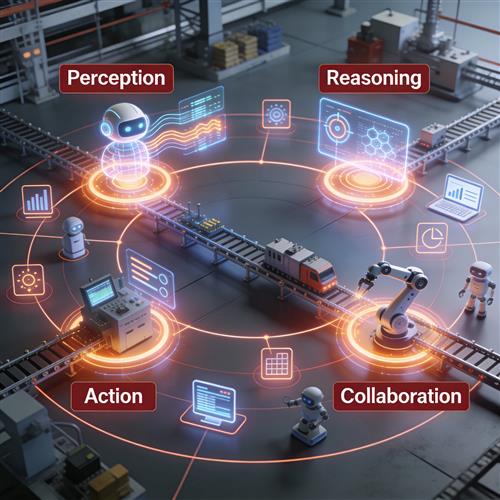





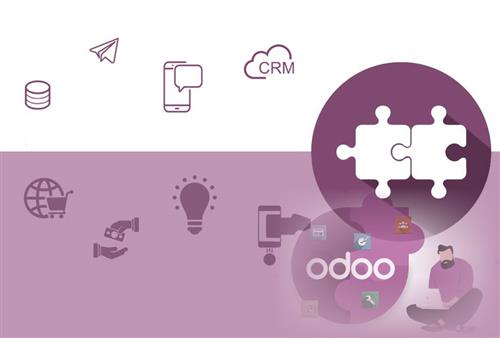
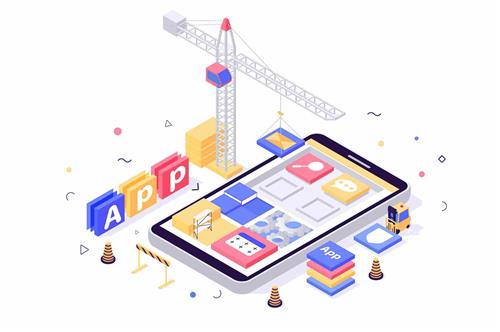
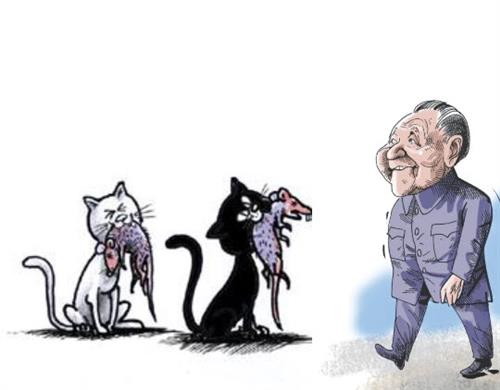


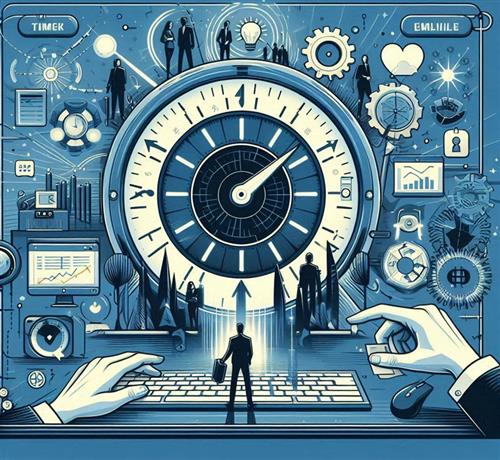
26072024043639_thumb.jpg)
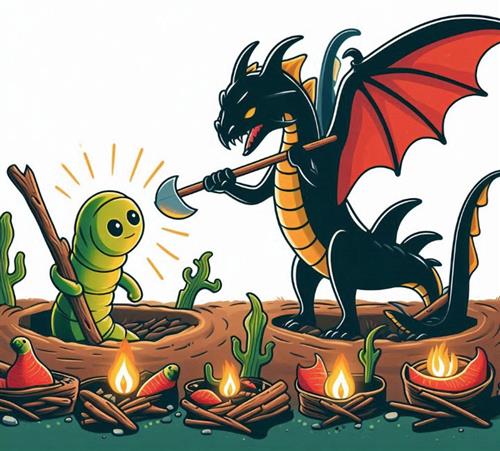

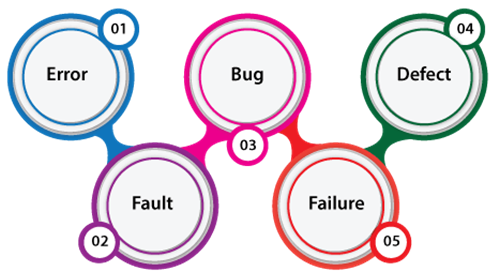



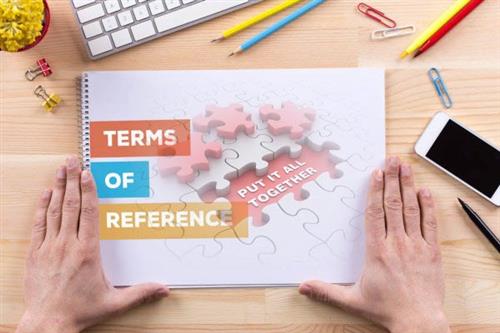
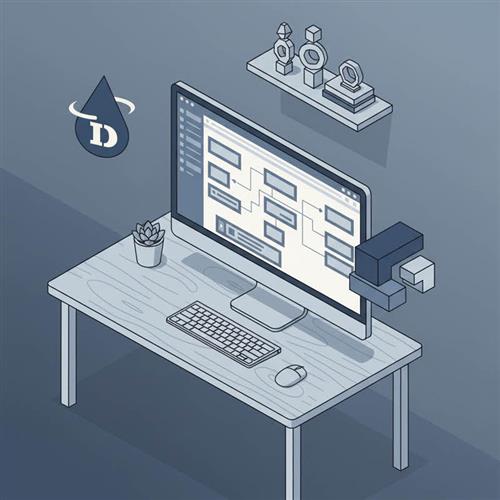

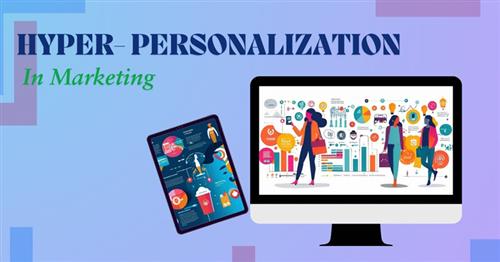


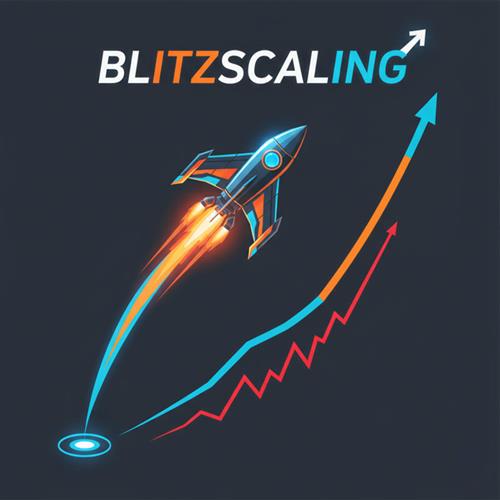









 Link copied!
Link copied!
 Recently Updated News
Recently Updated News